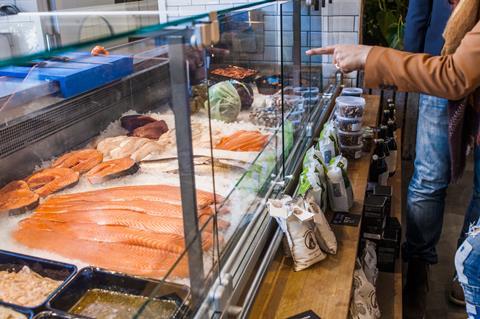
Norwegian salmon farming is under mounting pressure as the sector continues to battle climate change, price pressures and supply issues.
Norway’s fresh salmon exports fell 9% in the first quarter of the year, corresponding to a fall in global supply of 6%, according to the Norwegian Seafood Council.
Norway’s colder-than-average water temperatures in the first half of this year limited salmon growth during what is usually an essential growth period, Mintec said last month.
On top of rising costs, this has driven Norway’s average wholesale export price up 55% in the last year to £8.87 per kilo on average.
Norwegian salmon accounts for almost half of UK supply, and British supermarkets are now feeling the effects. Nearly 40 lines are up to 37.5% more expensive over the past year with a further 12 lines up more than a quarter.
The gaps in Norwegian supply are typically filled by Chilean exports, but the “the price-dampening potential for Chilean salmon exporters” was likely to be constrained this year, according to Mintec. This is down to large outbreaks of salmonid rickettsial septicaemia.
“The commodity price of salmon has fluctuated wildly” over the past year, which was leading to increased on-shelf prices, said one major supermarket.
This is likely to worsen with the introduction of a significant tax hike on large Norwegian salmon companies proposed by the Norwegian government.
Mowi, Norway’s largest salmon farming company, has warned the proposed tax rate will have “large negative effects on the Norwegian salmon farming industry”.
The tax will add a 35% rate to fish based on salmon market value on companies earning more than NOK 70m.
According to Ola Helge Hjetland, group communications director at Mowi, this means the tax will increase to 57% on salmon farming or about 80% with Norwegian wealth tax included.
“From the very beginning, Mowi has been clear that this tax level is not sustainable and will impose major limitations on future growth and development of the Norwegian salmon industry, and thereby cause the loss of current and future jobs in their thousands along the Norwegian coastline, if implemented,” said Hjetland.
The tax has been proposed by the Norwegian government “to ensure local communities along the coast and society as a whole receive a greater share of the value that is created by the fish farming industry”.
This week’s Key Value Items tracker showed that the average pack of own-label salmon was up 38% year on year.







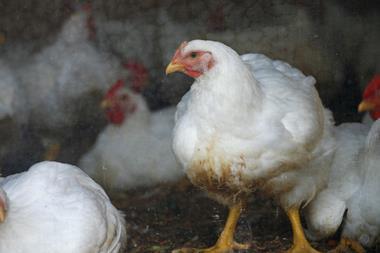
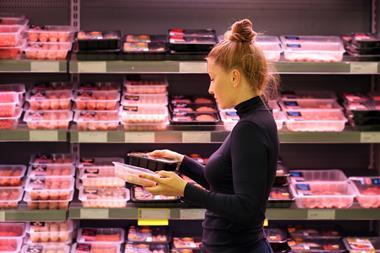
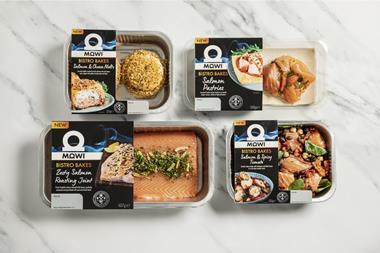
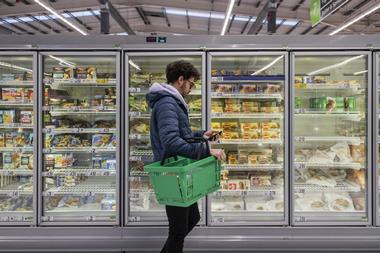
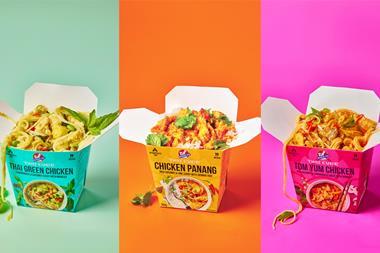

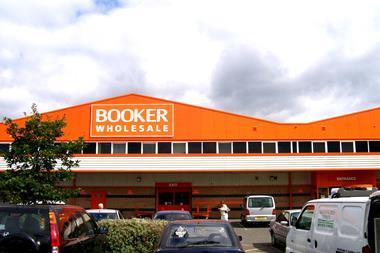

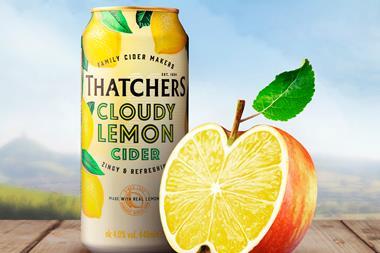

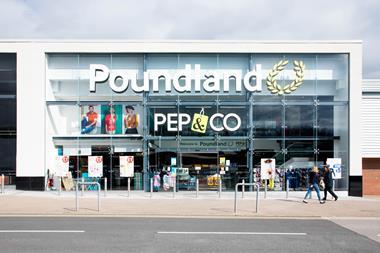

No comments yet